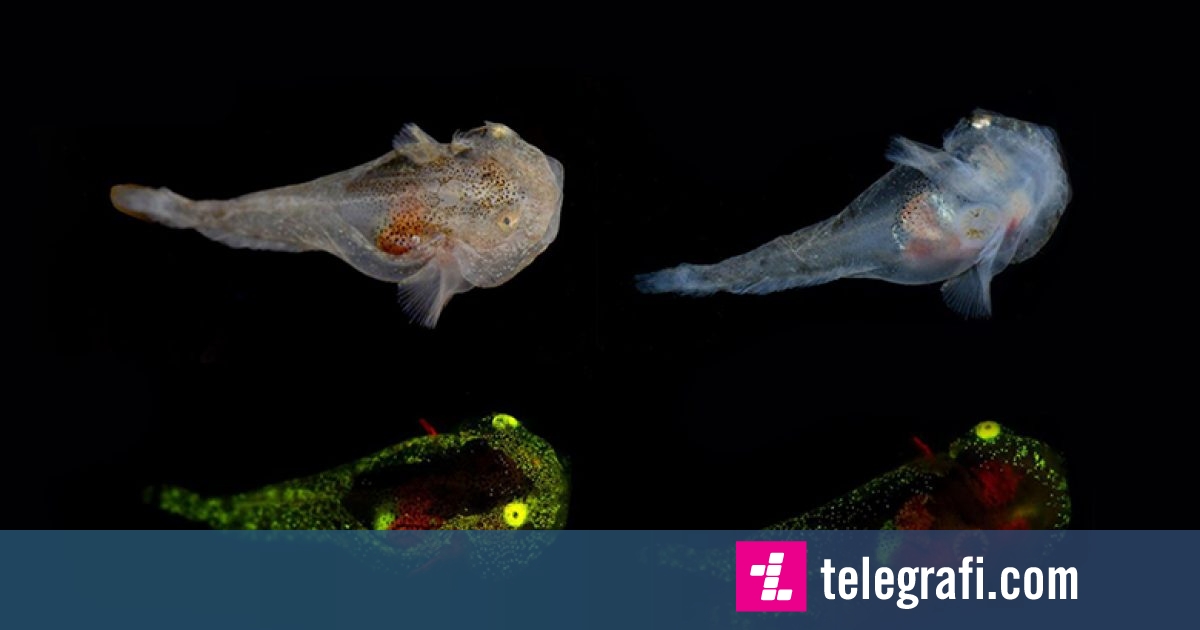Scientists who explored the sea near Greenland made a very unusual discovery
While drilling deep into the iceberg, they discovered a fish with bright green antifreeze flowing through its veins.
The multicolored snail (Liparis gibbus) contained the highest levels of antifreeze protein ever recorded in fish.
Just as antifreeze helps regulate the temperature of a car's engine in extreme conditions, some species of fish have evolved to have similar protection, especially those that live in cold habitats like the polar waters of Greenland.
"Antifreeze proteins attach to the surface of smaller ice crystals and prevent them from growing into large crystals," said study co-author David Gruber, research associate at the American Museum of Natural History and distinguished professor of biology at the University of New York City.
"Fish from the North and South Poles independently evolved these proteins," he said.
Antifreeze proteins were first discovered in some Antarctic fish nearly 50 years ago.
Unlike some cold-blooded reptiles and insects, fish cannot survive if their body fluids freeze, as this can cause ice grains to form inside their cells, turning them into ice cream.
"The fact that these antifreeze proteins have evolved in a number of different fish lineages shows how crucial they are to the survival of these organisms in extreme habitats," said second study co-author John Sparks, curator of the Department of Ichthyology.
This characteristic is usually found in fish that swim in warmer waters, and this is the first time an Arctic fish species has shown this adaptation.
This astonishing level of antifreeze production may help the species adapt to life in a subzero environment, the statement said.
It also raises the question of what will happen to snails if ocean temperatures rise as a result of global warming.
/KP
